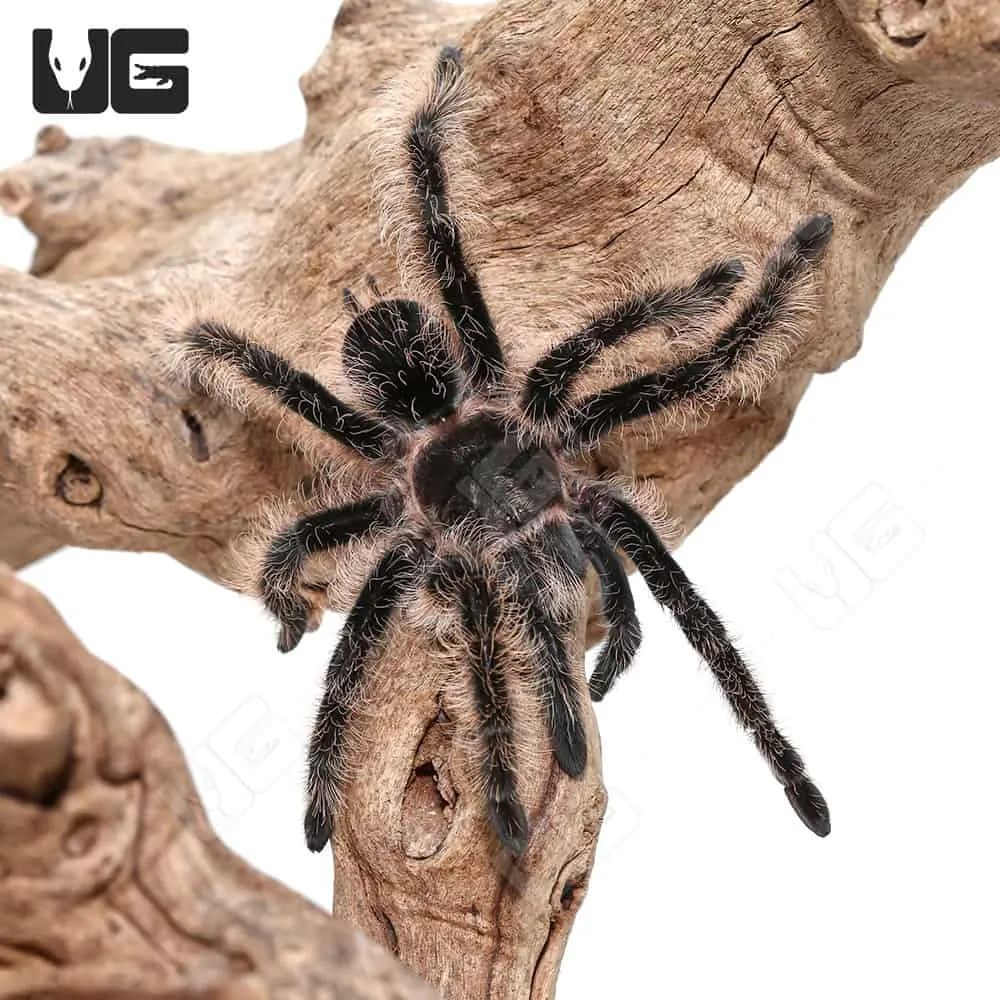The Curly Hair Tarantula (Brachypelma hamorii), with its endearing appearance and relatively docile nature, has become a popular choice for both novice and experienced arachnid enthusiasts. Buying a Curly Hair Tarantula is an exciting step, but it’s essential to approach this process with knowledge and careful consideration. This comprehensive guide will walk you through every aspect of buying a Curly Hair Tarantula, from finding a reputable source to ensuring your new pet thrives in its new home. This guide will help you successfully buy your first Curly Hair Tarantula. Understanding the needs of this species is crucial before you bring one home, ensuring both your enjoyment and the well-being of your tarantula.
Where to Buy Your Curly Hair Tarantula
Finding a reputable seller is paramount when buying a Curly Hair Tarantula. The health and well-being of your tarantula depend on the seller’s care practices and knowledge. Several avenues exist for acquiring a healthy tarantula, each with its own advantages and disadvantages. Whether you choose to buy online, from a local pet store, or at an expo, always prioritize the health of the animal and the seller’s expertise. Always inquire about the tarantula’s origin, age, and feeding history before making a purchase. Look for a seller that can provide you with information on the tarantula’s specific needs and care requirements.
Online Reptile Stores
Online reptile stores offer a wide selection and often competitive prices. They typically have detailed information about the tarantulas they sell. When buying online, check for reviews and ensure the store has a live arrival guarantee. This guarantee protects you in case the tarantula arrives deceased or in poor condition. Look for stores with clear photos, detailed descriptions of the tarantula’s size, sex (if known), and temperament. Reputable online stores will provide all necessary information for the safe arrival of your new pet. Some of the most reputable online stores include xyzreptiles.com, tarantulacribs.com, and backwaterreptiles.com.
Local Pet Stores
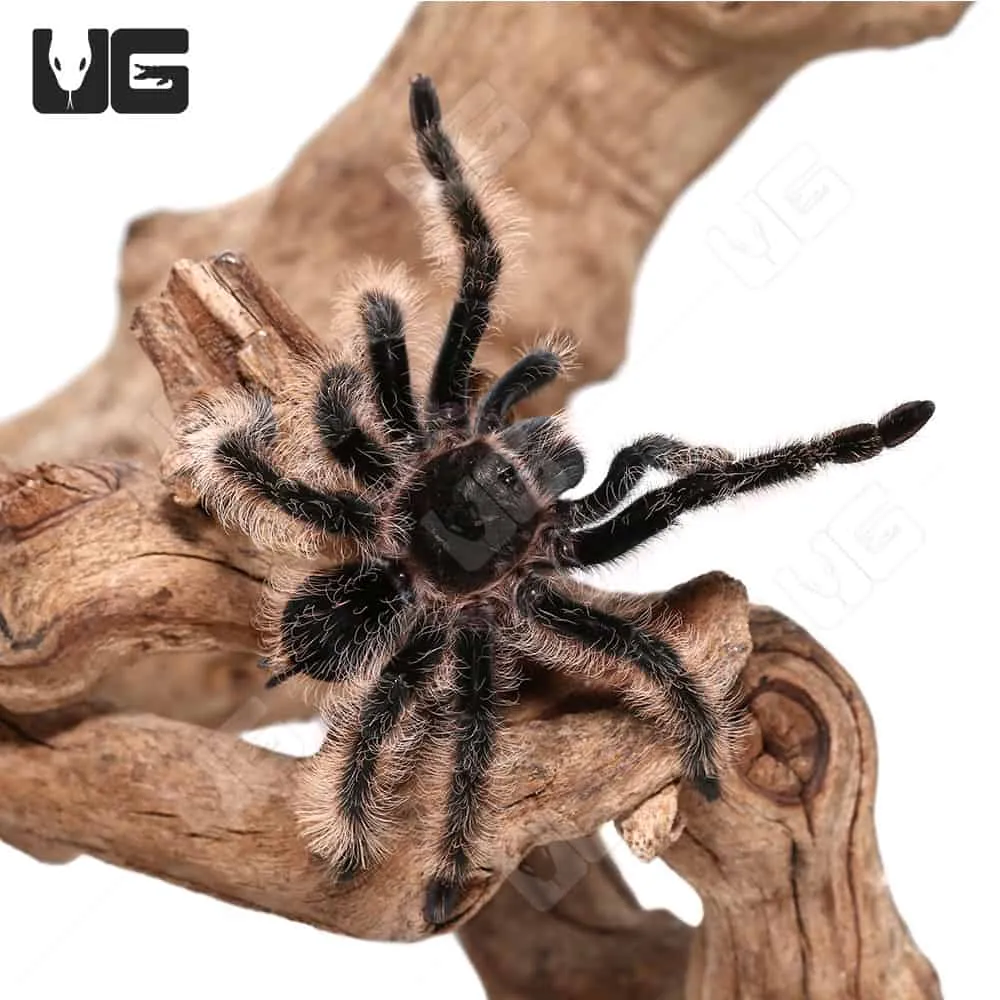
Local pet stores can offer the advantage of seeing the tarantula in person before purchasing. This allows you to assess its health and observe its behavior. However, the selection may be limited. Check to see that the store’s enclosures are clean and well-maintained. The tarantulas should appear alert and active, not lethargic or listless. Ask about the tarantula’s origin and care routine. Make sure the staff is knowledgeable about tarantula care. Support your local pet shops, but don’t be afraid to ask questions, and make sure they are well-prepared to assist you in every step of the way.
Expos and Breeders
Reptile expos and breeders are excellent places to find healthy tarantulas directly from experienced individuals. Breeders often have specialized knowledge about their tarantulas. You can speak with the breeder or seller directly to learn about their lineage, care, and health. This is a great way to get detailed insight into the tarantula’s history and specific needs. Check out the tarantulas’ overall appearance and demeanor, looking for any signs of stress or illness. If you’re serious about acquiring a Curly Hair Tarantula, expos are the best way to go.
Understanding the Curly Hair Tarantula
Before buying, it’s crucial to understand the Curly Hair Tarantula’s unique characteristics and needs. This knowledge will help you provide the best possible care and ensure your tarantula thrives. Curly Hair Tarantulas are known for their distinctive appearance and relatively gentle nature, making them a popular choice. Understanding their specific needs helps you provide a suitable environment. This section will familiarize you with the essential aspects of these fascinating creatures.
Appearance and Characteristics

The Curly Hair Tarantula, as its name suggests, is recognized by its abundance of dark hairs that curl, especially when they are young, giving it a fuzzy appearance. These hairs provide excellent camouflage and also assist the tarantula in sensing its surroundings. They typically have a dark brown to black carapace with gold or bronze hairs on their legs and abdomen. Adults can reach a leg span of up to 6 inches. Their overall appearance is both striking and endearing, adding to their appeal as pets. Their appearance makes them very popular for exotic pet owners.
Behavioral Traits
Curly Hair Tarantulas are generally docile. They are not typically aggressive. They are known to be relatively calm and tolerate handling, though it’s always recommended to handle them with care. They may flick urticating hairs as a defense mechanism, especially when threatened. They are mostly active during the night. They spend a significant amount of time burrowing or hiding in their enclosures. Understanding their behavior helps in creating an appropriate habitat and allows you to handle them with confidence and respect. Always remember to be calm around them, and avoid sudden movements.
Things to Consider Before Buying
Owning a Curly Hair Tarantula involves certain responsibilities and considerations. This section will delve into crucial aspects to contemplate before making the purchase. From understanding regulations to preparing a suitable habitat, these factors are essential for the well-being of your tarantula. Preparing for these requirements is key to ensuring a smooth transition for the tarantula and a rewarding experience for you as a pet owner. Always be prepared for the challenges before purchasing.
Legality and Regulations
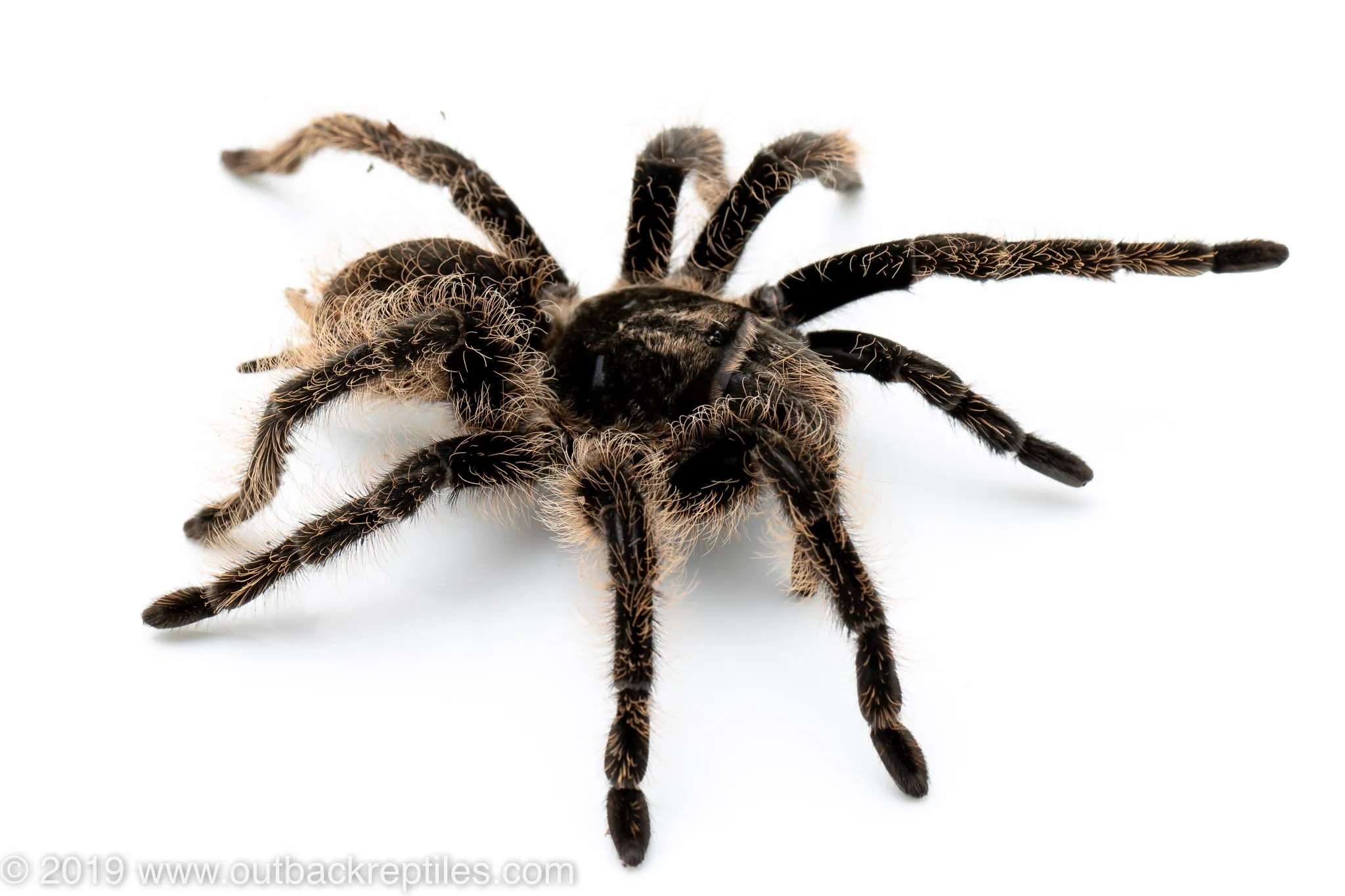
Before purchasing, confirm that owning a Curly Hair Tarantula is legal in your area. Regulations vary by location. Some areas may have restrictions or require permits for owning exotic animals. Research local laws and regulations to ensure you comply with all requirements. Failing to do so could result in legal complications and the potential confiscation of your pet. It’s your responsibility to be fully aware of and adhere to all the relevant regulations.
Space and Habitat Requirements
Curly Hair Tarantulas require a suitable enclosure that mimics their natural habitat. A ten-gallon tank is generally sufficient for juveniles, while adult females may need a larger enclosure. The enclosure should have a secure lid to prevent escapes and be well-ventilated to prevent mold growth. The substrate should be a mixture of substrate, such as coconut fiber or peat moss, to provide a burrowing environment. Ensure the enclosure can be adequately ventilated and has a secure lid. The right habitat setup is critical for the well-being of your new pet. This includes the type of substrate, the presence of hides, and the correct temperature and humidity levels.
The Purchasing Process
Once you have decided to buy a Curly Hair Tarantula, the purchasing process involves several critical steps. This includes health checks and asking the right questions. Prioritize the health and well-being of the tarantula above all else. This ensures you are acquiring a healthy, well-adjusted specimen. Always take your time, and ensure you’re making a well-informed decision.
Health and Appearance Checks
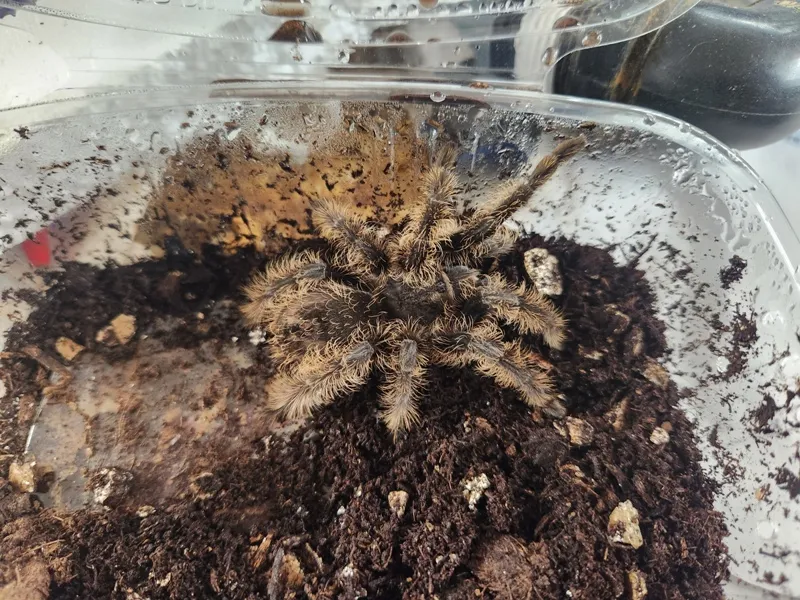
Before purchasing, carefully examine the tarantula for any signs of illness or injury. Look for an active tarantula that moves freely. Check for any missing limbs or signs of damage. Ensure the tarantula has a healthy abdomen. A tarantula’s abdomen should be plump, not shrunken or wrinkled. Check for any visible parasites or other health issues. The tarantula should be alert and responsive to its surroundings. If you notice anything concerning, it’s best to avoid buying the tarantula. Prioritize the tarantula’s health and well-being above all else.
Asking the Right Questions
When buying a Curly Hair Tarantula, it’s essential to ask the seller questions to ensure you’re making a well-informed decision. Inquire about the tarantula’s age and sex (if known). Ask about its feeding history. Ask about the tarantula’s temperament and handling history. Verify the tarantula has been eating regularly. Request information about any prior health issues. Also, ask if the tarantula has been captive-bred. Ask what type of food is recommended. Make sure to find out any special care needs or any challenges with the tarantula. Asking these questions can help you assess the tarantula’s health and temperament.
Acclimation and First Days
Once you have your Curly Hair Tarantula, the initial acclimation period is crucial for its well-being. This section outlines the steps to take upon arrival and during the first few days in its new home. This involves setting up the habitat and feeding the tarantula. By following these steps, you can ensure your new pet feels safe and comfortable. Take it slow. Patience is key during this acclimation period. The goal is to minimize stress.
Setting Up the Habitat
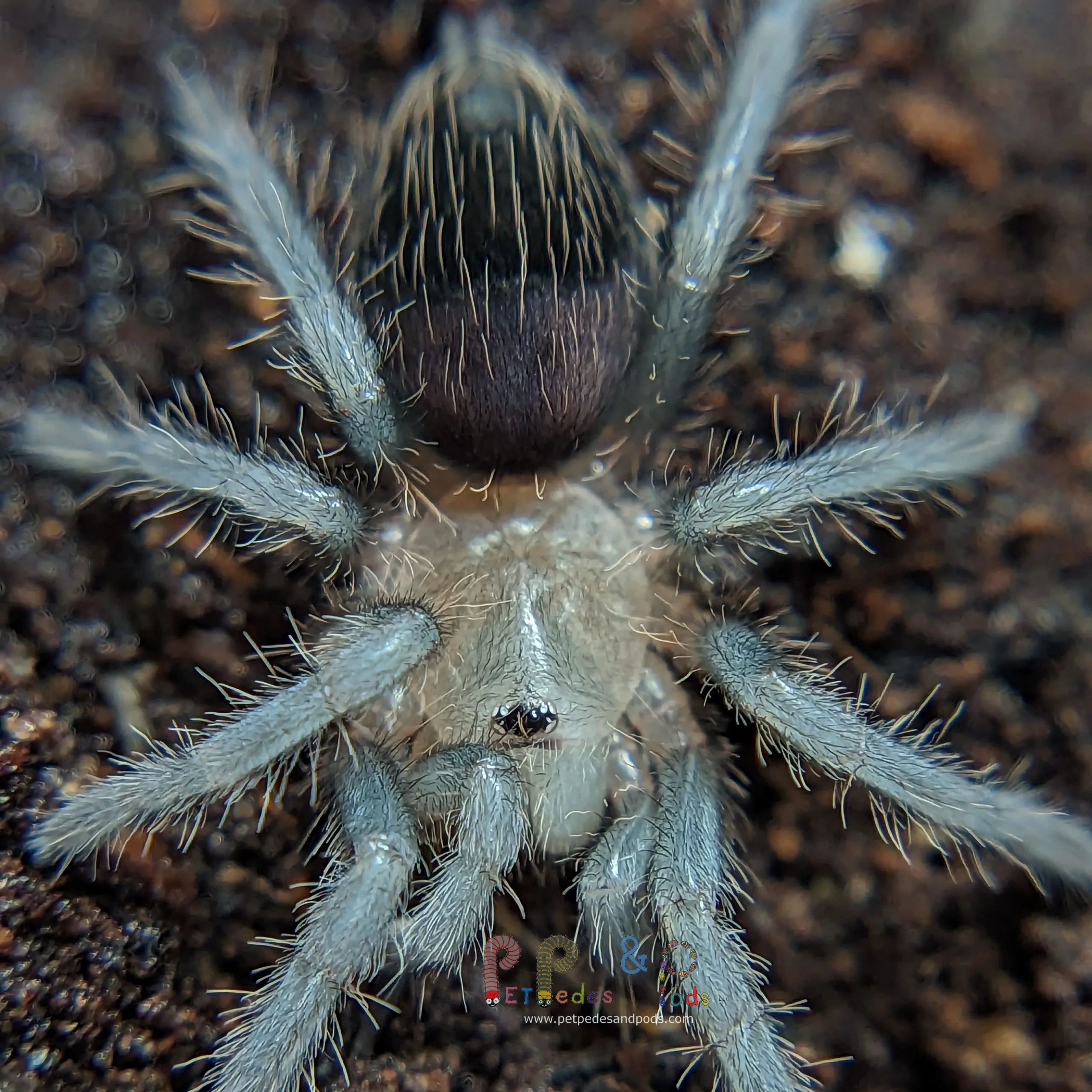
Before the tarantula’s arrival, prepare its habitat. The enclosure should be ready with substrate, a hide, and a shallow water dish. Once the tarantula arrives, carefully place the container in its new enclosure. Leave the tarantula undisturbed for the first few days to allow it to acclimate. Avoid handling the tarantula during this period. Ensure the enclosure is set up properly with the correct temperature and humidity levels. Make sure that water is available, and the temperature is between 75-85°F (24-29°C).
Feeding Your Tarantula
After a few days, you can offer the tarantula its first meal. Feed juveniles twice a week. Adult tarantulas can be fed once a week or every other week. Offer appropriately sized prey, such as crickets, roaches, or mealworms. Remove any uneaten prey within 24 hours to prevent stressing the tarantula. Do not overfeed your tarantula. Always ensure that the food you offer is suitable for its size. Provide fresh water at all times.
Ongoing Care and Maintenance
Providing ongoing care and maintenance is essential to ensure your Curly Hair Tarantula thrives. This involves maintaining the habitat, controlling temperature and humidity, and addressing potential health issues. Maintaining the right environment, coupled with regular checks, promotes a healthy, long life for your pet. Regularly monitoring the tarantula’s health and habitat conditions will help you quickly address any issues.
Temperature and Humidity Control
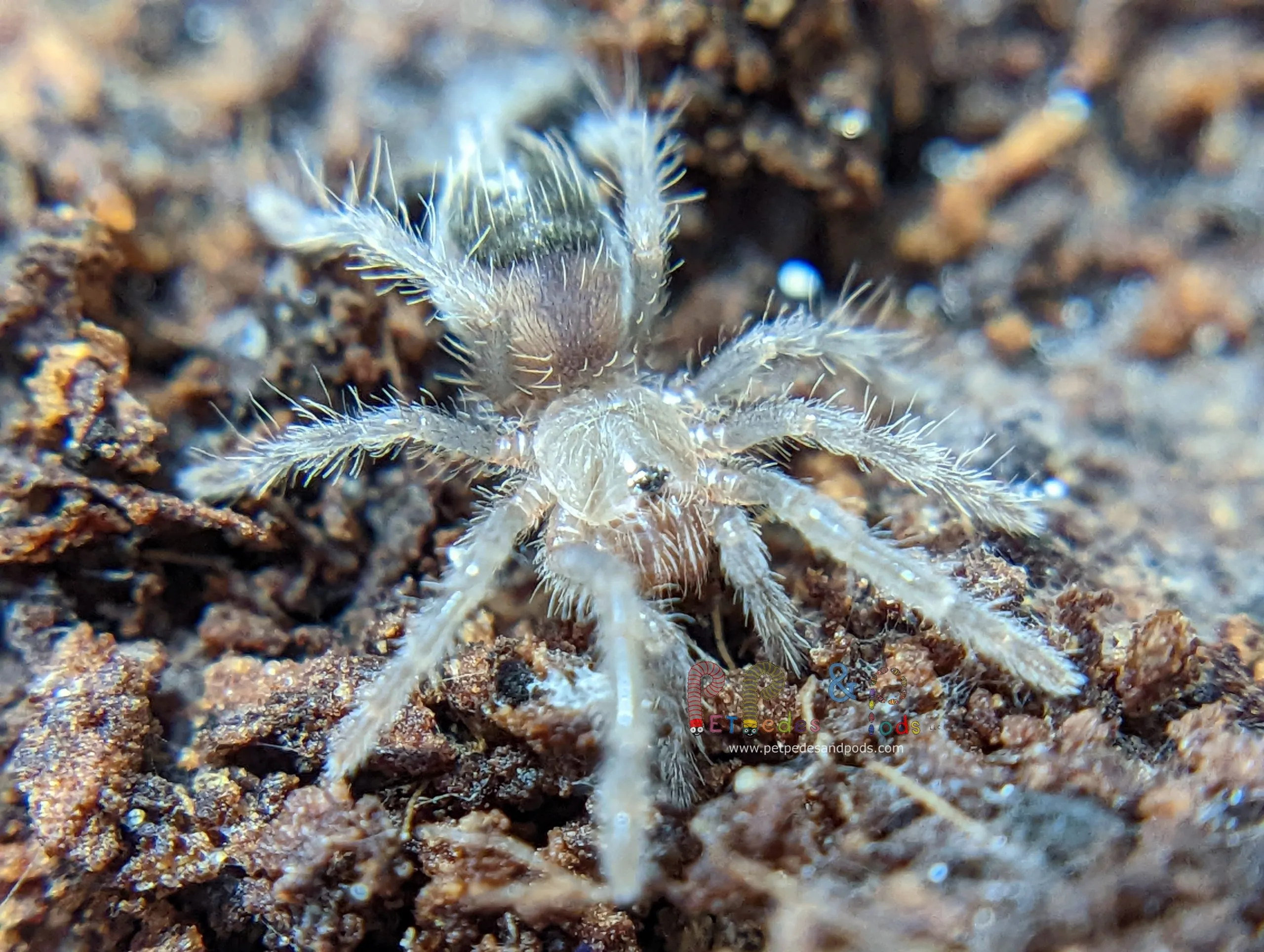
Curly Hair Tarantulas thrive in a temperature range between 75-85°F (24-29°C). Maintain this temperature range using a heat mat or a ceramic heat emitter. Monitor the temperature with a digital thermometer. The humidity level should be around 65-75%. Maintain humidity by misting the enclosure regularly and using a water dish. A hygrometer will help you monitor the humidity levels. Make sure that ventilation is still sufficient. Maintaining the right temperature and humidity is key to the tarantula’s health.
Cleaning and Substrate Changes
Regular cleaning is essential to maintaining a healthy environment. Remove any uneaten food and waste regularly. Change the substrate every few months. This helps prevent the buildup of mold and bacteria. When cleaning, be careful not to stress the tarantula. Ensure the water dish is always clean. Regularly inspect the enclosure for any signs of mold or other issues. Proper hygiene is a cornerstone of tarantula care and longevity.
Potential Health Issues
While Curly Hair Tarantulas are generally hardy, they can still be susceptible to health issues. Monitor your tarantula for signs of illness, such as loss of appetite, lethargy, or changes in behavior. Look for any physical abnormalities or injuries. If you notice any issues, consult with a veterinarian experienced in exotic animals. Provide the right environment and care to prevent health problems. Be proactive in watching for any signs of illness. Contacting a vet is always the best decision when you see something wrong.
Buying a Curly Hair Tarantula is a rewarding experience. By following this guide, you’re well-equipped to find a healthy tarantula, provide proper care, and enjoy the fascinating world of these amazing creatures. Remember that research, patience, and responsible ownership are key to a successful and fulfilling journey with your new pet. Enjoy the exciting adventure of owning your new Curly Hair Tarantula!
